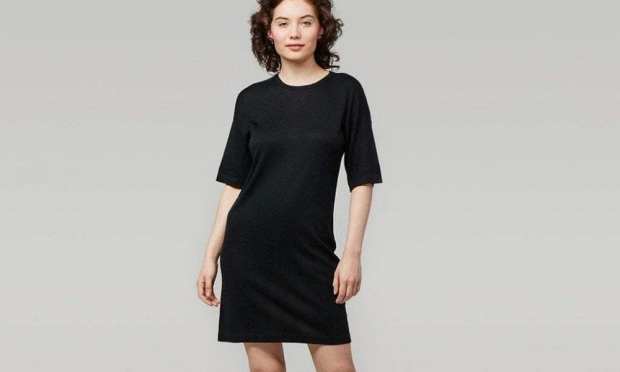Democratizing Luxury With Affordable Cashmere

Sometimes getting lost — even in an incredibly foreign or hostile place — can turn out to be a surprisingly profitable experience. That was a lesson learned by Naadam Founder and CEO Matthew Scanlan when he found himself lost in Mongolia’s Gobi desert and taken in by local goat farmers. And in their company he learned something interesting — cashmere is a rip-off for almost everyone involved in producing or purchasing it.
Most cashmere — high-quality cashmere anyway — is purchased on a global exchange through third-party suppliers, for the very good reason that the people who produce the wool to make it tend to live in pretty remote places, according to Scanlan. That network means cashmere is costly — and almost impossible to purchase in sweater or scarf form for less than $100 — unless it happens to be low-quality, adulterated with other fibers or chemically treated for softness. But the people who raise the goats, Scanlon learned, were staggeringly poorly paid.
And thus the idea of Naadam was conceived, on the back of a new supply chain. Instead of using the high-cost global marketplace, Scanlan started negotiating directly with the goat farmers and raised their take-home pay rate by about 50 percent. By the end of his experience getting lost, he had negotiated a $3 million cash purchase of cashmere.
The brand tells its own version of the story in the video below.
The brand makes a full line of cashmere clothing, including hoodies, cardigans, dresses, socks, gloves and scarves — all of them well reviewed — though the product that has been the standout in terms of consumer attention has been the $75 cashmere sweater.
But beyond its products, Naadam is known for being quirkier than the average luxury brand, even one selling its goods at a pretty impressive discount. Cashmere, as one might expect, is not quite as big a seller during the summer as it is in the winter, so Naadam is pushing a line of summer cashmere, Naadam Ultra-Thin. To make that idea memorable, the marketing is modeled on that of campaigns for condoms, featuring catch phrases like “ribbed for her pleasure” and “so thin you’ll hardly even know it’s there.” The packaging for the summer collection items, in fact, was designed to actually look like a condom.
Sophomoric? Maybe. But undeniably memorable, and in the same vein as Naadam’s general gonzo attempts at viral marketing. When the firm was on the verge of opening its first brick-and-mortar location in New York City a few months ago, it reportedly blanketed the city with posters of goats having sex to promote the store.
An odd choice, perhaps, but one that the experts noted is effective in reaching Naadam’s core audience of younger, value-driven shoppers looking for a good price on a high-end product.
“OK, is this the pinnacle of purpose-driven advertising? Maybe not. But it’s a quick get, an ownable truth, and entertaining for those of us with a slightly twisted sense of humor,” Dhruv Nanda, creative director at Oberland said of the campaign.
And, perhaps more important than entertainment value, it certainly made shoppers curious about Naadam’s maiden voyages in physical retail, with shops built solely to showcase the $75 sweater.
Naadam began testing the physical retail waters in 2016 with pop-up shops and then took the full dive last October in partnership with Leap — a retail startup that works with DTC online brands to find, design, construct and staff retail locations without signing onto multi-year contracts. Leap takes on all the risk and cost associated with that, Scanlan explained in an interview, which makes venturing out into physical retail a much less daunting prospect since it allows them to negotiate with Leap after a lease is signed and the project is moving forward.
“We agreed on a financial model — revenue share, management fee — so that they make money off of the store long-term, but that we make money, too,” he said.
Which, in a nutshell, wraps up Naadam’s ideas about selling luxury cashmere differently from the way it has been sold. Everyone can make money — from the goat farmers and the factory workers to Naadam’s executive team — and the consumer can still save money and buy a decent product.
Plus, goats are clearly finding love — and there is certainly something to be said for that.
